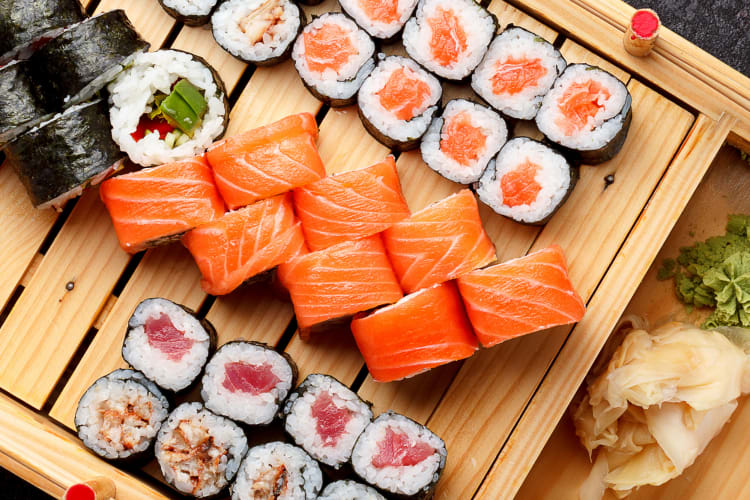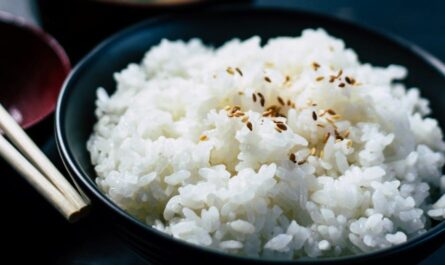Creating the perfect sushi rice vinegar recipe is an art that marries tradition with taste. Whether you’re a seasoned chef or a beginner in the world of sushi making, understanding the importance of this key ingredient cannot be overstated. Sushi rice vinegar, known as ‘sumeshi,’ is essential in achieving that characteristic tangy, slightly sweet flavor that balances the umami notes of the fish and toppings. In this article, we will delve deep into the intricacies of preparing the perfect sushi rice vinegar, explore the culture behind it, and provide you with a comprehensive guide to elevate your sushi-making skills at home.

The Historical Significance of Sushi Rice Vinegar
The journey of sushi rice vinegar dates back to ancient Japan, where it was initially used as a method to increase the shelf life of sushi. The fermentation process of vinegar helped in preserving the fish, making it safe for consumption over longer periods. This culinary technique evolved over centuries, and today, sushi rice vinegar is a critical component that not only adds flavor but also enhances the texture of the sushi rice. Its a testament to the rich culinary heritage of Japan, where every ingredient carries a story and a purpose.
Key Ingredients for Sushi Rice Vinegar
Ingredients:
- 1 cup Japanese short-grain rice
- 1 1/4 cups water
- 1/4 cup rice vinegar
- 2 tablespoons sugar
- 1 teaspoon salt
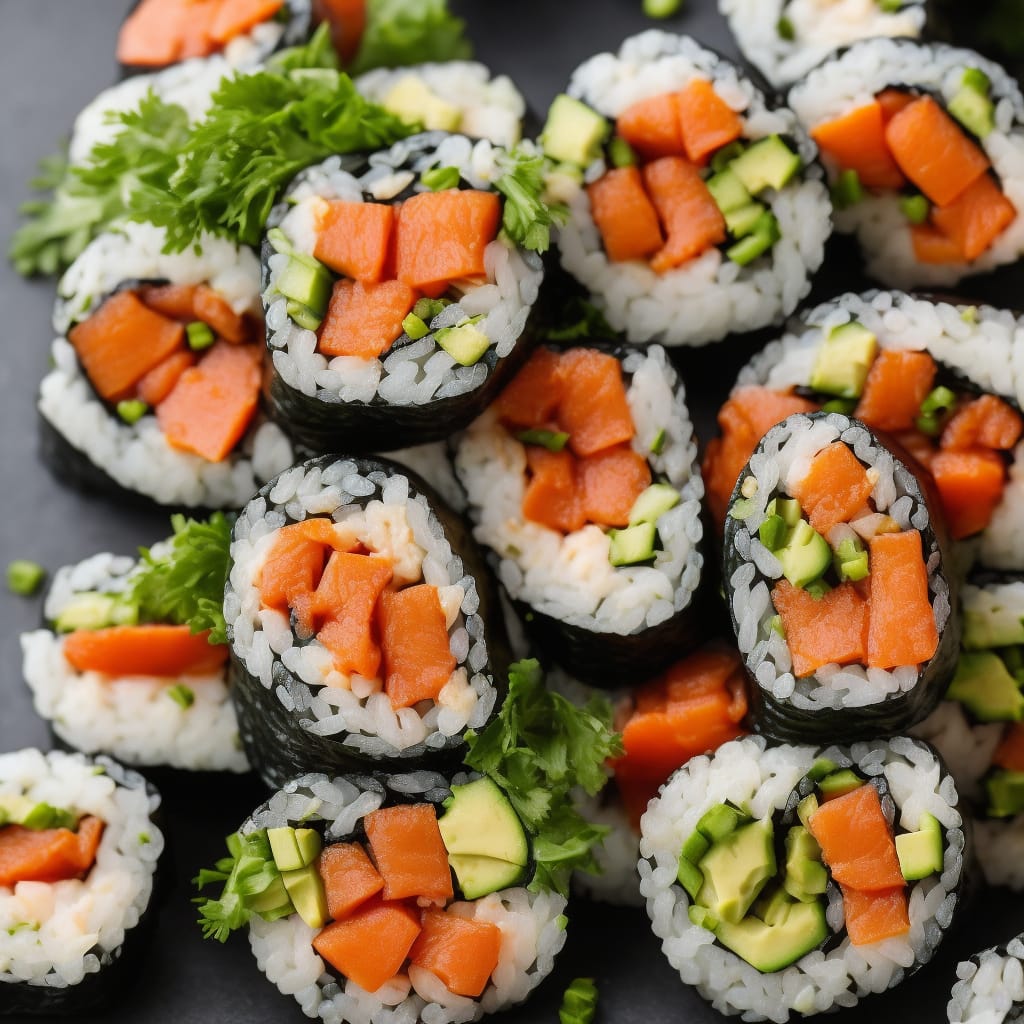
The Perfect Rice: Choosing the Right Grain
The foundation of an exceptional sushi rice vinegar recipe begins with the selection of rice. Opt for high-quality Japanese short-grain rice. This type of rice is known for its sticky and plump grains, which are perfect for holding together when forming sushi pieces. Avoid using long-grain rice or jasmine rice, as they dont have the required stickiness and can lead to a dry and crumbly texture.
Using a rice cooker can simplify the process of achieving the perfect texture for your sushi rice. For more on different rice options and a detailed guide on this process, check out our comprehensive [Sushi Rice Recipe with Jasmine Rice](https://sushiandrice.com/sushi-rice-recipe-with-jasmine-rice-2/) article.
Preparing the Vinegar Mixture
Once you have your rice selected and cooked to perfection, its time to craft the vinegar mixture that will transform your plain rice into sushi rice. In a small saucepan, combine the rice vinegar, sugar, and salt. Gently heat the mixture over low heat, stirring continuously until the sugar and salt are completely dissolved. Its crucial not to bring the mixture to a boil. The goal is to create a homogenous liquid without altering the delicate flavors of the ingredients.
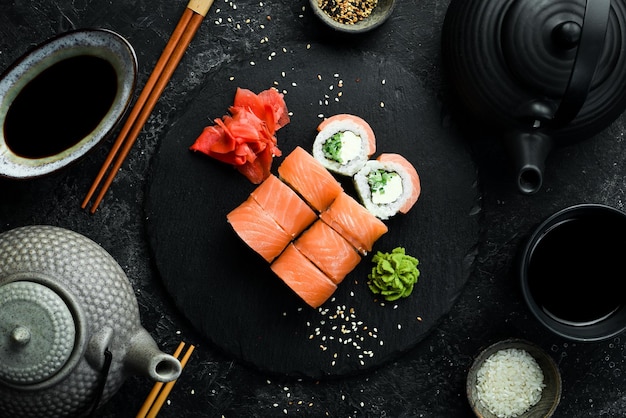
Mixing the Vinegar with the Rice
After preparing the vinegar mixture, transfer your cooked rice to a large mixing bowl. Traditionally, a wooden tub known as ‘hangiri’ is used, but any non-metallic bowl will suffice. Slowly pour the vinegar mixture over the rice, using a slicing motion with a spatula or paddle to combine them. Be gentle to avoid mashing the rice grains. The goal is to coat each grain evenly with the vinegar mixture, giving the rice a glossy appearance.
For further detailed instructions on preparing sushi rice and additional sushi-making tips, you might want to explore our [California Sushi Roll Recipe](https://sushiandrice.com/california-sushi-roll-recipe/).
Cooling and Final Adjustments
Once the vinegar mixture is thoroughly incorporated, its crucial to cool the rice to room temperature. A traditional technique involves fanning the rice while mixing to speed up the cooling process and achieve the desired texture. This method also helps to evaporate any excess moisture, resulting in perfectly seasoned and slightly sticky sushi rice ready for forming your favorite sushi rolls.
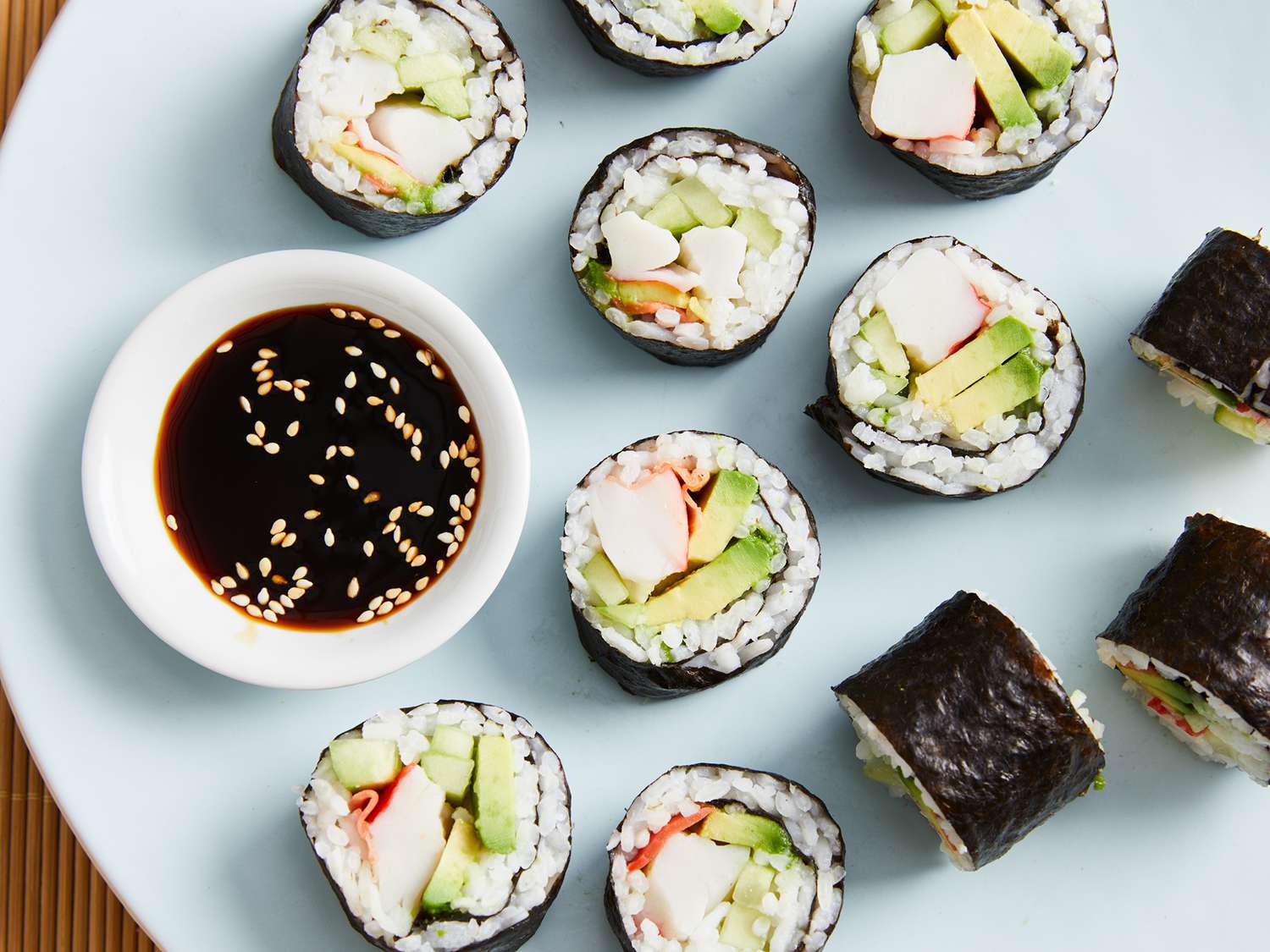
Essential Cookware and Tools
Having the right tools can make a significant difference in the sushi-making process. Here are some recommended items:
- Rice Cooker: Ensures consistent cooking.
- Sushi Knife: For precise cutting.
- Cutting Board: Provides a clean workspace.
- Strainer: Perfect for washing rice.
- Sushi Making Kit: Includes all the basics needed.
Storing and Serving Sushi Rice
If youre not using the sushi rice immediately, its essential to keep it covered with a damp cloth to prevent it from drying out. Sushi rice is best served the day its made but can be kept for a few hours at room temperature. Avoid storing it in the refrigerator, as it can become hard and lose its texture. For an elaborate sushi-making session with friends and family, explore our creative [Volcano Roll Sushi Recipe](https://sushiandrice.com/volcano-roll-sushi-recipe/).
Pairing Sushi with Sides and Beverages
Sushi is often accompanied by a variety of sides and beverages that enhance its flavors. Traditional options include pickled ginger, wasabi, and soy sauce. For beverages, green tea or sake are popular choices. For a modern twist, try pairing sushi with refreshing cocktails or sparkling water infused with citrus. The key is to complement the delicate flavors of the sushi without overpowering them.
Experimenting with Flavors and Ingredients
Once youve mastered the basic sushi rice vinegar recipe, dont hesitate to experiment with different flavor profiles and ingredients. You can infuse the vinegar mixture with kombu (dried kelp) for an extra umami kick or add a hint of dashi (Japanese soup stock) for depth of flavor. Mixing in different types of seafood, vegetables, and even fruits can result in innovative and delightful sushi creations.
For a fusion experience that merges crunchy and savory elements, give our [Deep-Fried Sushi Roll Recipe](https://sushiandrice.com/deep-fried-sushi-roll-recipe/) a try.
Maintaining and Cleaning Your Cookware
Proper care of your cookware and utensils will ensure longevity and optimal performance. Clean your sushi knife with a gentle cleanser and hand wash it to maintain its sharpness. Use a dedicated Cookware Cleaner for your rice cooker and other tools. Additionally, treat your cutting board with Cutting Board Oil to prevent it from drying out and cracking.
Conclusion
The art of making sushi starts with perfecting the sushi rice vinegar recipe. By understanding the historical context, selecting the right ingredients, and using proper techniques, you can create sushi rice thats flavorful, balanced, and authentic. Gather the essential tools, experiment with different flavors, and most importantly, enjoy the process. Sushi making is a form of culinary expression that combines tradition with creativity.
As an Amazon Associate, I earn from qualifying purchases.
As an Amazon Associate, I earn from qualifying purchases.

